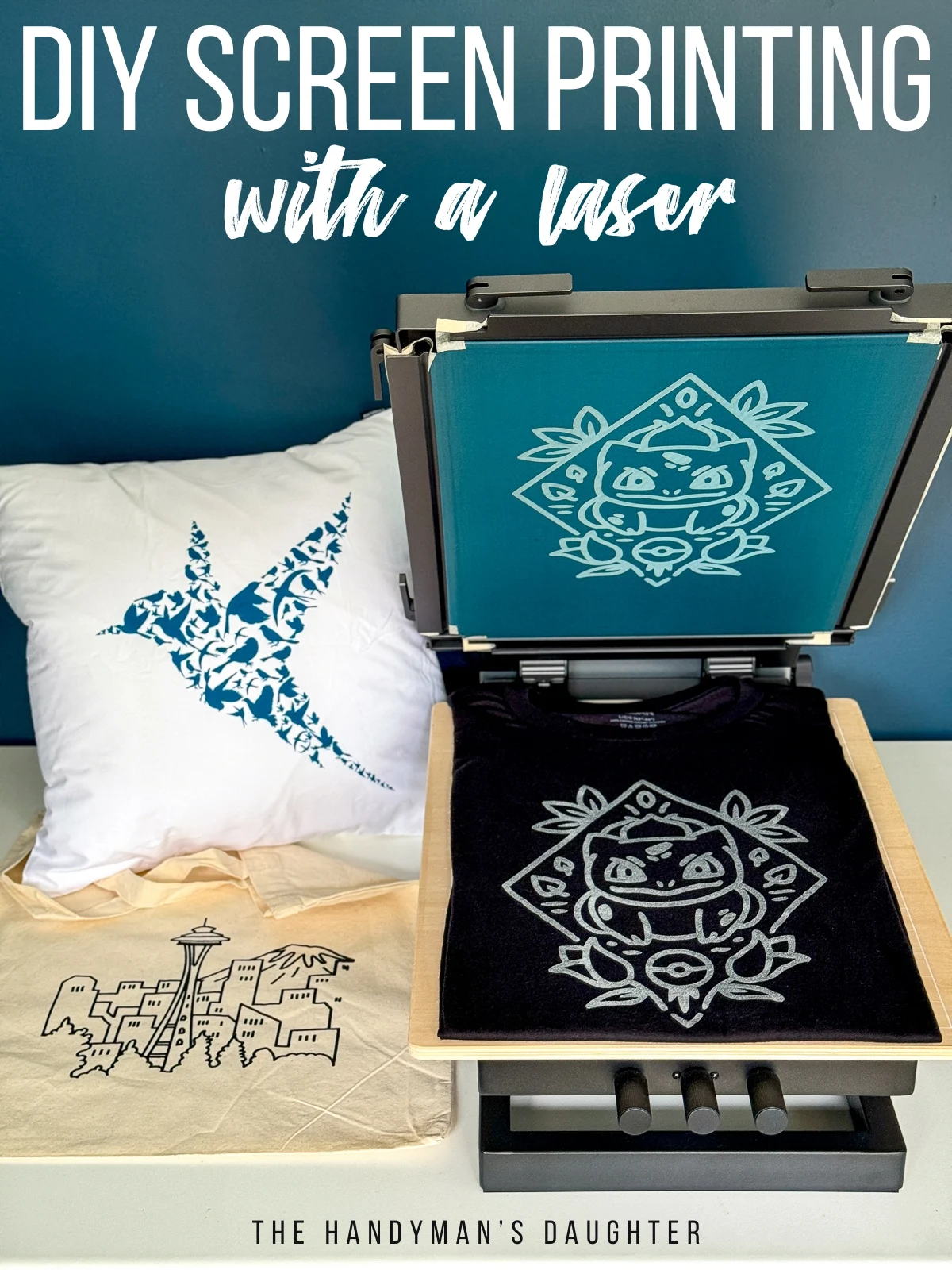The Important Guide to Comprehending Screen Printing and Its Versatile Uses
Screen printing has a rich history that dates back to old times, evolving into a sophisticated method made use of throughout various industries today. This overview explores the complexities of the screen printing procedure, detailing its applications in marketing, fashion, and home décor - 10:9 Design Screen Printing Texas. Recognizing these basics can open up innovative capacity for both business and artistic jobs. The complying with areas will certainly reveal vital ideas and strategies to enhance one's screen printing ventures
The Background of Screen Printing
Although screen printing has roots that map back centuries, its evolution reflects the imaginative and technical innovations of various cultures. Coming from old China, the strategy was at first made use of for embellishing fabrics and later spread to Japan, where it came to be important to Ukiyo-e woodblock printing. The method changed to Europe in the 18th century, where it acquired popularity among craftsmens and industrial printers. The innovation of photo emulsion in the 20th century revolutionized screen printing, allowing for more detailed styles and greater effectiveness. Musicians like Andy Warhol better propelled its popularity, using the medium to develop famous jobs that mixed commercialism and art. By the late 20th century, screen printing had actually developed itself as a flexible technique, utilized in style, marketing, and art. Today, it remains to advance, incorporating digital innovation and broadening its applications throughout numerous industries.
The Screen Printing Process Explained
Screen printing transforms creative visions into substantial layouts through a series of exact steps. An image is produced and after that moved onto a screen, commonly made of fine mesh fabric stretched over a structure. A light-sensitive emulsion is put on the screen, which is subjected to light, solidifying in locations not covered by the image. After rinsing the unhardened emulsion, a pattern is developed.
Next off, the screen is placed over the substratum, whether it be material, paper, or an additional product. Ink is after that pushed through the open locations of the pattern making use of a squeegee, depositing the design onto the substrate below. This process can be repeated for several colors, requiring separate screens for every color. The printed item is cured using warmth to ensure the ink adheres properly, resulting in a long lasting, vibrant layout prepared for use.
Kinds of Screen Printing Techniques

Furthermore, specialty methods, such as discharge screen printing, eliminate dye from the fabric to produce softer prints, while foil screen printing applies metallic foil to achieve a shiny surface (10:9 Design Abilene). Each method provides unique features, dealing with different innovative requirements and manufacturing scales, ultimately broadening the opportunities within the screen printing domain
Applications of Screen Printing in Numerous Industries

In addition, the signage and marketing industries utilize screen printing for developing eye-catching display screens and banners. This technique enables bold colors and intricate layouts that record interest. In electronics, screen printing is employed for using conductive inks to motherboard, crucial for part links. The home décor market welcomes screen printing to produce unique layouts on fabrics and wall surface art. In general, screen printing works as a critical device across varied fields, enhancing products with personalized and visually enticing graphics.
Tips for Effective Screen Printing Projects
While carrying out a screen printing task, cautious interest to information can considerably boost the last outcome. Initially, choosing premium materials is essential; this consists of the screen, inks, and substrates. Using proper mesh matters can affect ink deposition and information resolution. Prep work is equally crucial; comprehensive cleansing of displays and proper exposure times ensure crisp prints.
Next off, precise enrollment is crucial for multi-color prints. Making use of alignment devices can help achieve specific layering. In addition, screening prints on scrap products before production helps recognize possible issues without wasting sources.

Regularly Asked Questions
What Products Are Ideal for Screen Printing on Material?
Cotton and polyester blends are optimal for screen printing on fabric as a result of their toughness and ink absorption. In addition, specialized textiles like silk or canvas can create unique appearances and surfaces, improving the overall design quality.
Just how Do I Tidy and Maintain Screen Printing Devices?
To clean and maintain screen printing devices, one ought to routinely clean displays with suitable solvents, examine squeegees for wear, lubricate moving components, and store all items in a dry, dust-free atmosphere to prolong their life-span.
What Are the Ecological Effects of Screen Printing?
Screen printing can have substantial environmental effects, including chemical waste from solvents and inks, water use during cleansing procedures, and power intake. Environment-friendly products and lasting methods are necessary for minimizing these adverse effects.
Can Screen Printing Be Done in your home Efficiently?
Screen printing can be effectively done at home with the ideal products and strategies. Enthusiasts can produce high quality prints, though success depends upon their skill level, devices, and understanding of the process included.
What Are the Expenses Related To Beginning a Display Printing Service?

Beginning a screen printing company entails expenses for equipment, products, and work area. Initial costs usually range from a couple of hundred to a number of thousand bucks, relying on the scale, quality of equipment, and wanted manufacturing capability.
Screen printing has a rich background that dates back to old times, developing right into an advanced method click here used throughout different sectors today. An additional method, rotary screen printing, uses round screens, assisting in constant printing on material rolls, thus enhancing performance for large manufacturings. Additionally, specialty strategies, such as discharge screen printing, get rid of color from the fabric to develop softer prints, while aluminum foil screen printing uses metal foil to achieve a glossy surface. In the fashion industry, screen printing is commonly made use of to create lively layouts on clothing, making it possible for brands to display their unique styles. Cotton and polyester blends are perfect for screen printing on fabric due to their longevity and ink absorption.